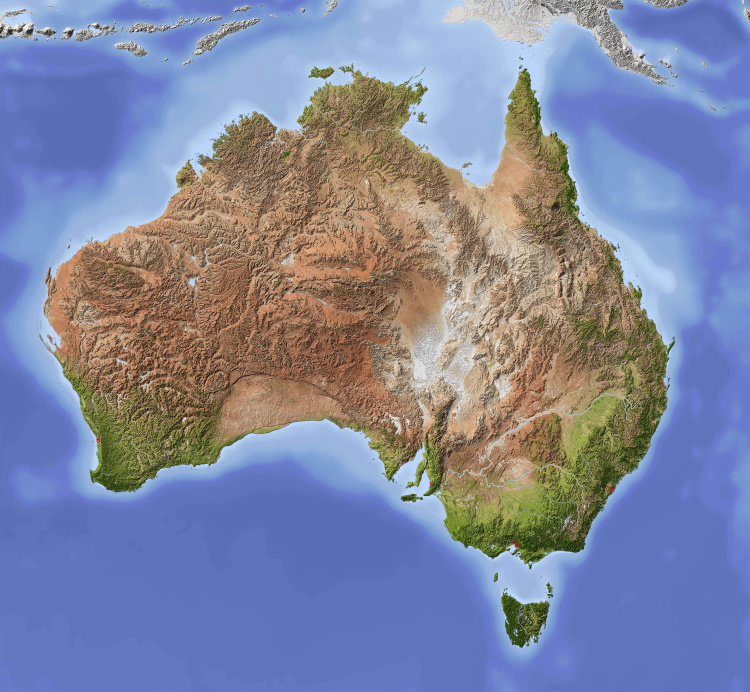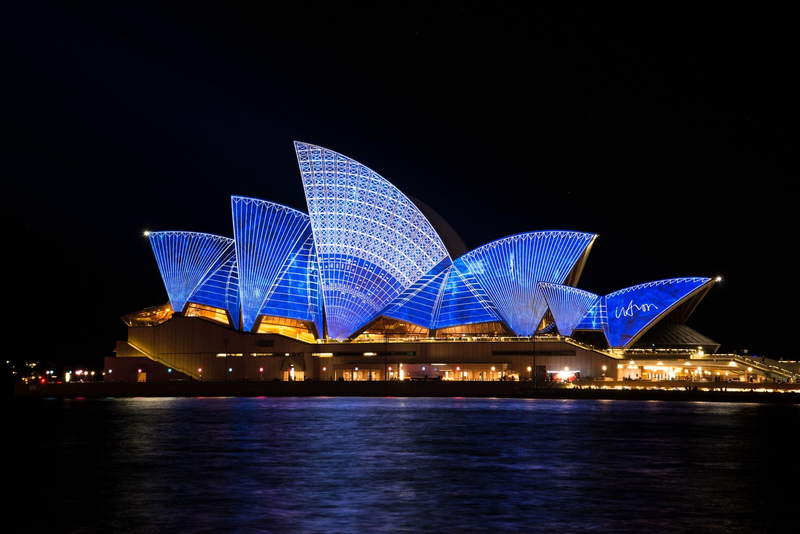

@ajsadauskas @popheads radar-like navigation system? That would mean they did not fly at night before 1940, as radar hadn’t been invented yet.
ex-twitter Greens Australia software developer NZ cricket physics whm


@ajsadauskas @popheads radar-like navigation system? That would mean they did not fly at night before 1940, as radar hadn’t been invented yet.


@veronica @ajsadauskas @technology The hype around AI in software engineering seems to be that it is ‘proven’ that devs produce code quicker. it is going to be interesting to see if the corporate world values code quality over development velocity. There seems to be a pervasive belief that “move fast and break things” is how the big guys do software engineering. A few points to note:


@Zagorath it’s a fairly common usage. Though ‘male privilege’ has the same problem. Referring to a category of privilege as if maleness is it’s only attribute, is generalised and problematic. It’s quite different from saying “privilege that men tend to have”. Calling it male privilege, has an implicit catch-all. The term is describing social categories, as if they are discrete groups, where as in reality what each person is aware of forms more of a spectrum. I think it’s problematic because it diverts from the intent of the distinction, which is to highlight the privilege, rather than who necessarily has it. Anyway, like I say it’s a fairly common usage, I’m not singling you out. I just reacted to that form of language.


@Zagorath @Nath when your language switched from describing “a woman” to “female”, I found myself reacting to those terms. It’s none of my business really. Though I want to say two things. One, that a woman can experience privilege, but a female not so much. That is, female is an attribute, and as such is completely inadequate to describe a woman, who has much more than just one attribute. The second thing is that privilege relates to the experience of life, where the subject of the privilege does not encounter a particular struggle. Not only that, because they never encounter it, they aren’t even aware that someone else might do. Tall people know they are tall. How can you know what someone has experienced, unless you know them well? How many privileged people can you say you know that well? Not only that, it’s probably likely perceived as a pejorative, because it points out what someone else doesn’t know. I don’t necessarily agree with the academic containment bit. Though I think you make some good points.


@Wiggles good pick up. I was out by a factor of 1000. I should have double checked. But even if is not so compelling, it’s still a technology that has the possibility to make a huge impact. EV storage is only going to increase.
There are V2G chargers on the market now, but it’s illegal to connect them to your home outside SA.
There should be no impediment, particularly when state governments start talking about relying on home storage for grid stabilization.


@Wiggles Australian electricity use in 2020 was 265,232 GWH for the year. That’s 726 GWh / day. If we take 12 h of daylight, during which time solar generation is providing power, (and recharging batteries), we can say we need 1/2 the daily amount for overnight storage, or 363 GWH.
If we say each ev has 60kWH of storage, that means we need 6050 cars, or 18150 cars if we only use 1/3 of the battery charge.
There are 20,000,000 cars in Australia (20 million). That’s enough to cater for Australian daily energy storage needs 1100 times over, assuming a conservative 1/3 of the stored energy capacity is used.
So I dispute your conclusion that here has to be v2g charging points every where.
As per the above, if only 1 in 1100 cars (<0.1%) had a V2G connection at home, that would provide enough for Australian energy storage self sufficiency
Its a fucking no brainer. So why is south Australia the only state that allows V2G connections to the grid?
#V2G #Australia


@Wiggles if they are going to rely on consumer storage, the state governments of Australia should really pull their fingers out with V2G technology. An EV typically has at least 3x the storage of a fixed home battery, 60kWH vs 20kWH. So if they really want consumer storage to work, it needs to be accessible. At the moment South Australia is the only state where V2G technology is certified for connecting to the grid. #V2G


@ajsadauskas @fuck_cars @australia I agree. It’s really disappointing. About a month or so ago, the reason it wasn’t going ahead was due to a break down in negatiations with the airport, over whether or not the airport station would be above ground. Reading between the lines it would seem the airport has got it’s way and the state government has had to go back to the federal government for more money to build the rail line underground.
@ajsadauskas @SituationCake @Seagoon_ if they could bottle the rage that “self service” checkouts produce they could power a city the size of Melbourne for a century.